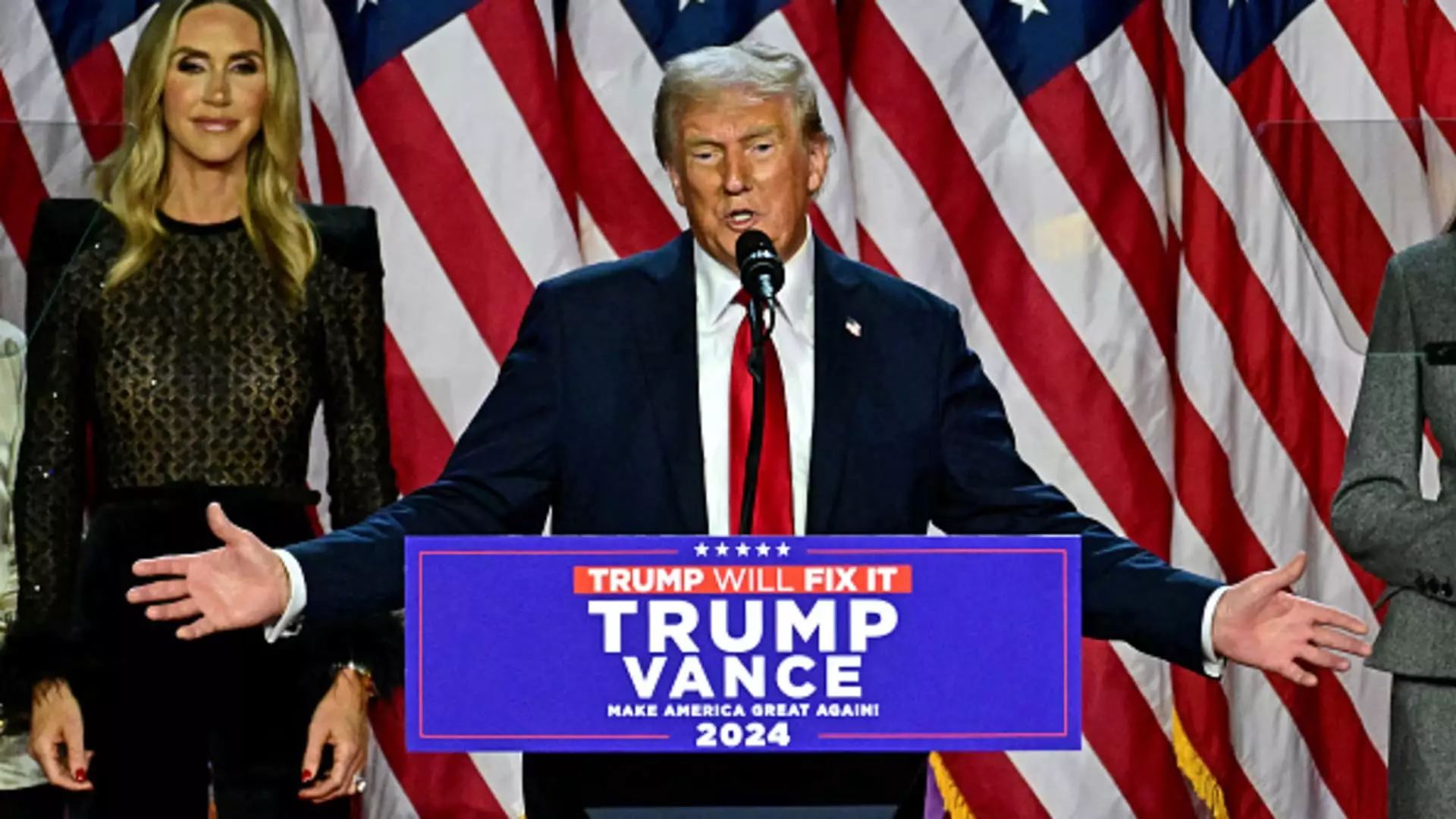The future of capital gains taxation is a pivotal topic that reflects the broader economic philosophies of governmental leadership. With the election of President Donald Trump and a Republican-controlled Congress, tax policies affecting high-income earners are poised for stability, shifting away from proposed increases advocated by the opposing party. Capital gains taxes primarily levy upon the profits generated from assets held for over a year, which creates a significant revenue stream for the government. Historically, these taxes have been favored by Republican policymakers, who argue that lower rates stimulate investment and economic growth.
Under the existing framework, capital gains tax rates for 2024 stand at 0%, 15%, or 20%, dictated by an individual’s taxable income. For affluent taxpayers, those with incomes exceeding $1 million, the landscape is complex. Although Vice President Kamala Harris previously proposed raising the top capital gains rate to 28%, contrasting sharply with President Joe Biden’s ambitious budgetary plans, the Republican establishment is inclined to maintain the current conditions. A significant concern remains for high earners, who currently also pay a 3.8% net investment income tax (NIIT) once their modified adjusted gross income crosses specified thresholds.
The recent electoral outcomes have delivered what political analysts describe as a “trifecta”—a scenario where one party has control over the presidency and both houses of Congress. This environment suggests that attempts to raise capital gains taxes are unlikely to progress, as Republicans are generally opposed to fiscal policies that could threaten investment growth. Erica York, a senior economist from the Tax Foundation, indicates that under this administration, proposals for increased capital gains levies are “entirely off the table.”
Conversely, Democrats have heightened conversations around tax reform, pushing agendas focused on wealth redistribution. However, with limited support in Congress, their aspirations to elevate capital gains taxes for high-income earners will likely face considerable resistance.
While proposed tax increases may satisfy calls for increased government funding, their execution is fraught with complications. The elimination of the NIIT has been suggested as a feasible option by some Republican policymakers. Yet, as Howard Gleckman from the Urban-Brookings Tax Policy Center points out, such a move could exacerbate the federal budget deficit, which has already reached alarming levels, surpassing $1.8 trillion for fiscal 2024. This tug-of-war between revenue needs and fiscal conservatism encapsulates the ongoing debates that will characterize the upcoming legislative sessions.
The nexus of taxation and political leadership suggests a trend toward stability in capital gains tax rates amid Republican governance. While high earners benefit from current tax structures, the ongoing discourse regarding tax policy reform reveals deep ideological divides. The implications of these policies will resonate throughout the economy, influencing investors’ decisions and shaping the overall financial landscape as the 2024 elections approach. As stakeholders navigate this terrain, the potential for shifts in taxation continues to linger, even if they remain largely theoretical for the time being.

